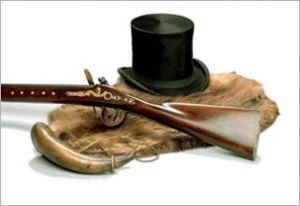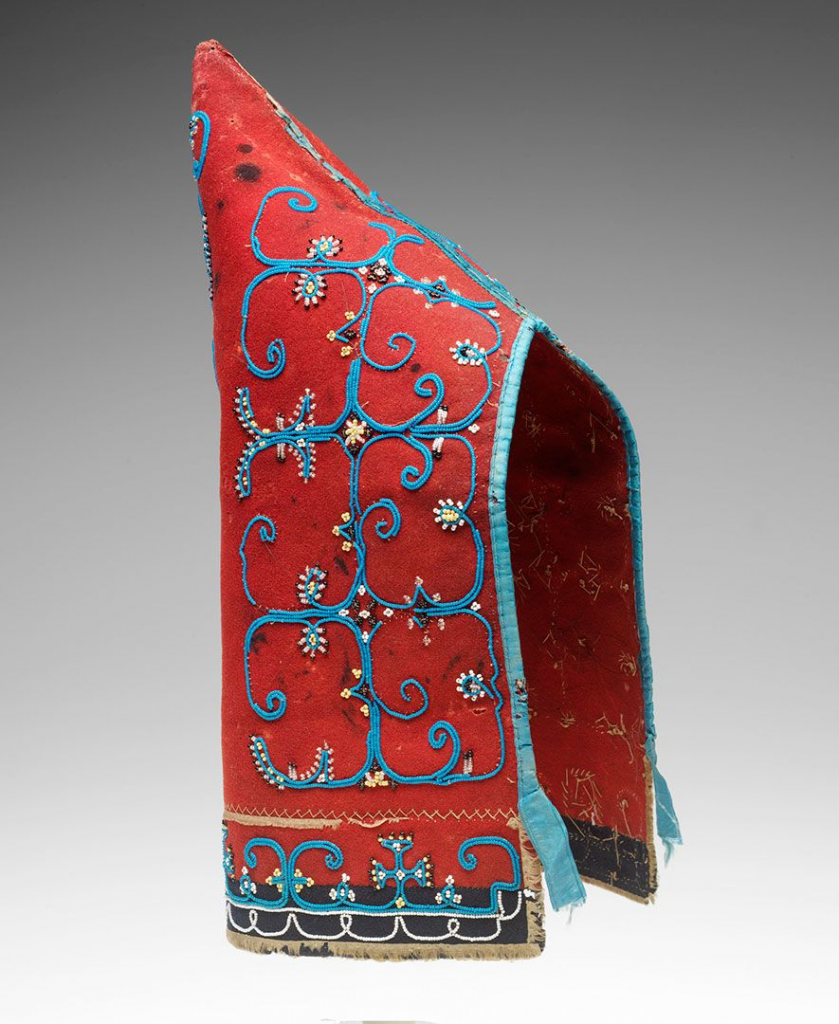Student Learning
I will:
- Understand first contact between Indigenous peoples and Europeans (Activity 2 and 3)
- Understand the changes in lifestyle of the Waponahkiyik (Wabanaki People) before and after the arrival of Europeans (Activity 1 and 2)
- Use an inquiry approach to question and investigate problems (Activity 1)
- Identify where there is a lack of fair treatment (Activity 2)
- Gain knowledge of some contributions to European knowledge made by Indigenous people, including natural resources, medicines and plants, and foods (Activity 3)
- Learn how hunting and trapping affect the economic and social origins of the Waponahkiyik (Activity 1)
- Bring together relevant information and perspectives to inform thoughts, actions or beliefs (Activity 1, 2, and 3)
- Adapt to different roles when working with others (Activity 2)
“The Beaver is of the bigness of a water-spaniel. Its fur…is very soft and suitable for the making of hats. It is the great trade of New France. The Gaspesians say that it is the beloved of the French and of the other Europeans, who seek it greedily, and I have been unable to keep from laughing on overhearing an Indian, who said to me in banter: ‘In truth, my brother, the Beaver does everything to perfection. He makes for us kettles, axes, knives, and gives us drink and food without the trouble of cultivating the ground.'”
Christian LeClercq, 1680
This lesson focuses on early contact with Europeans and its disastrous effect on Indigenous lifestyle. We have seen that before the arrival of the Europeans, the Waponahkiyik (Wabanaki People) (Mi’kmaq, Wolastoqewiyik and Passamaquoddy) had a resource-based economy. What they needed came from the land — stone for tools, wood for fires and wigwams, animal furs and skins for clothes, and animals and plants for food. Although there is no written record, the stories in their oral tradition emphasize that remaining in balance with the natural world was important to them — they recognized the need to preserve and care for their resources. In this way, Indigenous people were excellent environmentalists, living in harmony with nature. They taught Europeans survival skills because the newcomers found it difficult to exist in these harsh conditions.

Early trading encounters between Europeans and Indigenous people changed that, especially as these encounters were often subject to cultural misunderstandings. The Waponahkiyik had had a tradition of mutually beneficial exchange, while European traders were usually motivated by a desire for profit, either for themselves or for their employers back in England or France. Indigenous trading was often preceded by ceremonial gift-giving, and Europeans, not understanding this, offended the Indigenous people by refusing as trade goods what the Indians intended as gifts, thus losing opportunities for trade.
By the late 1600s, the nature and quality of European-Indigenous trade relationships changed drastically as all Europe went “fashion-crazy” for hats made of felt from beaver fur. European beaver was soon trapped out, and people turned west to the New World for beaver skins. The Indigenous middlemen were soon replaced by European traders. In this booming market, coastal trade from ships was replaced by a series of permanent settlements and trading posts. The establishment of French and then English colonies in the region brought sweeping changes to Indigenous life cycles. In a resource-based economy, Indigenous hunters and trappers increasingly turned their attention to collecting furs in exchange for European goods.


Both these hats are worn on special occasions. Compare and contrast what they might be.
The explosive growth of the fur trade was disastrous for the Waponahkiyik. It brought with it disease which wiped out a large percentage of the Indigenous population. Fur-bearing animals like beaver became very scarce. Competition between Indigenous groups for trade with Europeans led to rivalries, which, facilitated by the introduction of European firearms, frequently became deadly. Wabanaki groups began raiding each other’s villages. Unscrupulous traders often included liquor in their trade goods.
Spending more and more of their time hunting furs for trade, the Waponahkiyik became dependent on European trade goods and foods, and so were tied into the larger European colonial economies.
Although these were times of rapid and dislocating cultural change, the Waponahkiyik showed their resiliency by adapting and surviving. Trade did provide a bridge (albeit an unequal one) between Indigenous people and Europeans in the overlapping French, English and Indian economies. Indigenous people incorporated European material goods into their lives, and developed new technologies, while maintaining strong ties to their traditional ways.




